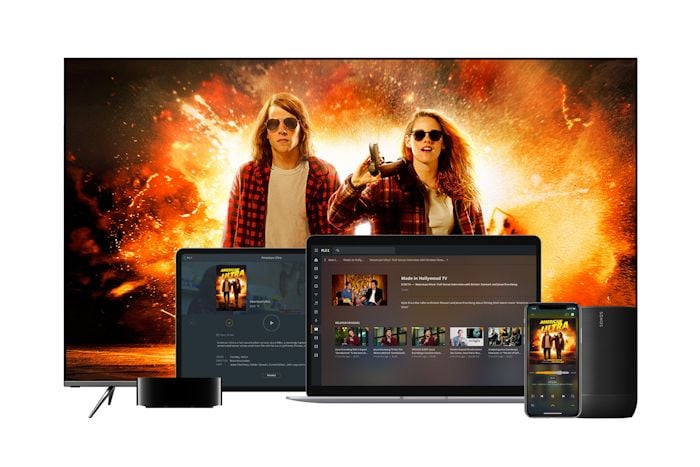


The answers to the questions above will provide guidance on how much transcoding might be required. Transcoding is the most CPU-intensive option of how content can be handled. Related Page: How are Direct Play, Direct Stream, and Transcoding different? What Will That Use Require? Different apps and different kinds of streams may be able to Direct Play or Direct Stream while others may require full transcoding. These questions are important because they can help you understand what sort of processing power may be required in your setup. Will you be using a lot of content with subtitles?.Will access be local, remote, or a combination?.How many apps will be playing content at the same time?.What kind of Plex apps will be connecting? (Android, iOS, Plex Media Player, Roku, etc.).First, you need to determine a few things: There are some guidelines you can use to get an idea of what might be appropriate for you, though. There is no single answer to the question of what kind of CPU you need what’s necessary will vary from person to person and setup to setup. Related Page: Is Plex Media Server on a NAS Right for Me? Determine Your Usage Scenario What Kind of Use? Users interested in running the server on a NAS device should begin by reading our information about NAS devices. The server is also available for many NAS models and knowing how the processor used in a particular NAS performs is still useful information.

This article is primarily aimed toward Windows, Mac, or Linux users who plan to run Plex Media Server on a regular computer.


 0 kommentar(er)
0 kommentar(er)
